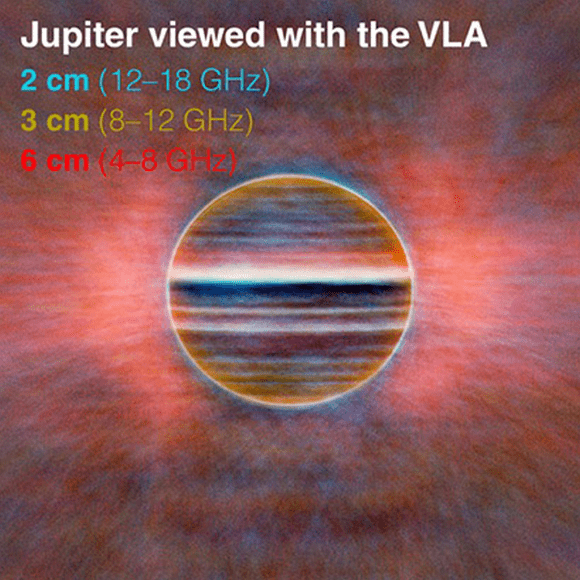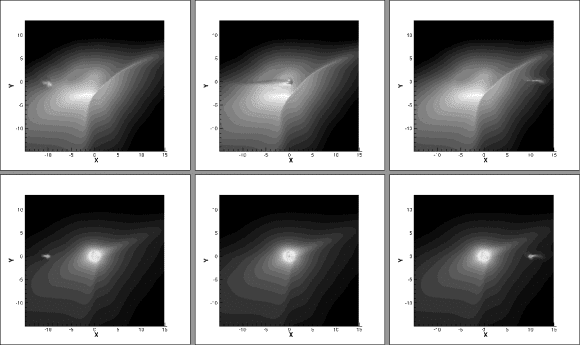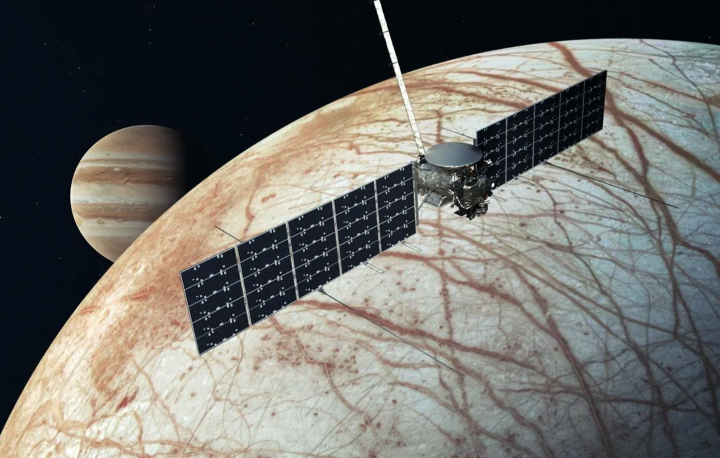In recent years, we have found thousands of exoplanets. The majority of them have been found using the transit technique, which uses an optical telescope to track a star’s brightness through time. If a star’s brightness somewhat decreases, it might be a sign that a planet has moved in front of it and partially obstructed the star’s light.
Although it is a strong tool, the transit technique has certain drawbacks. Not the least of which is that for humans to see the planet, it must pass in front of its star. Optical telescopes are also used in the transit approach.
- The First Case of Monkeypox In a Dog Suggests That Humans May Have Spread the Disease
- NASA has made a surprising discovery about asteroids!
However, a novel technique might enable astronomers to use radio telescopes to find exoplanets.
At radio frequencies, exoplanet observation is challenging. While most stars emit radio light, most planets don’t. Due to events like stellar flares, the radio light from stars can also be highly erratic.
But big gas planets like Jupiter have the potential to be radio brilliant. not directly from the planet but rather from its powerful magnetic field. Radio light is produced when charged star wind particles interact with the magnetic field.
A home-built radio telescope can pick up Jupiter’s radio radiation since it is so bright, and astronomers have also picked up radio signals from many brown dwarfs.

The radio signal from a Jupiter-like planet orbiting another star, however, has not been audible.
The group examined the characteristics of such a signal in its latest investigation.
They used a planetary system known as HD 189733, which is known to contain a Jupiter-sized world, as the basis for their model. The model was based on magnetohydrodynamics (MHD), which describes how magnetic fields and ionized gases interact.
They determined the radio signal from the planet by simulating the interaction of the stellar wind with the planet’s magnetic field.
They discovered a number of intriguing things.

For starters, the team demonstrated that the planet will result in a distinct light curve. That radio signal changes as a result of the planet’s motion. This is fantastic since precise radio motion observations are possible. more accurate than optical Doppler measurements.
Additionally, they discovered that radio observations may pick up a planet transit—when a planet passes in front of its star. Specific characteristics of the radio wave would demonstrate how the planet’s magnetosphere passes in front of the star. The planet’s magnetosphere’s strength and size may then be better understood by astronomers.
It will take a new generation of radio telescopes to be able to detect either of these signals because they would be extremely feeble.
The planetary radio signals, however, if we can find them, will provide us with an accurate orbital measurement of at least one planet in the system and will aid in our understanding of the makeup and interior of an exoplanet.





